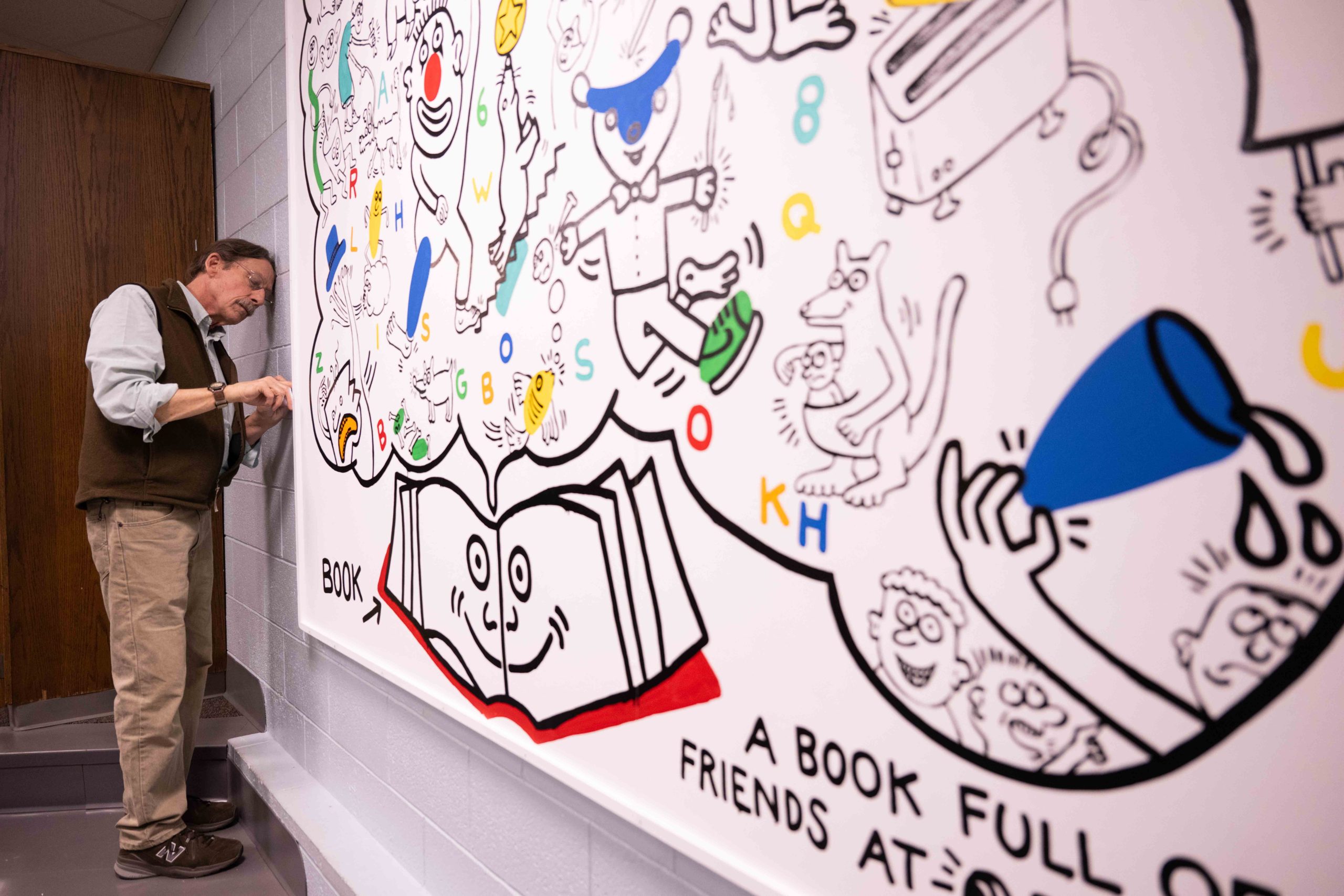Plus-one approach

To start, think of a course you are currently teaching or any other learning component in your role (it could be developing workshops, delivering conference presentations, or anything else). Reflect on these guiding questions adapted from Tobin and Behling’s Reach Everyone, Teach Everyone:
What is the plus-one approach?
Incorporating UDL into an entire course at once can be a daunting task. A more sustainable method is the plus-one approach in which instructors find “just one more way” to support their students’ learning (Tobin & Behling, 2018). Through this process of gradually adding UDL practices, you can see what works for you and your students and make your courses increasingly more inclusive and accessible.
How can you start applying the plus-one approach to your teaching?
For courses you are newly developing, consider areas where you think students might run into hurdles. For courses you’ve taught in the past, Tobin & Behling suggest asking yourself:
- Where do your students always have questions?
- Where do they always get things wrong on tests or assignments?
- Where do they always ask for explanations in a different way from the one you provide? (Tobin & Behling, 2018, p. 134):
After you’ve identified a “pinch point,” think about just one more way your students can engage with the material, demonstrate what they’ve learned, interact with you and each other, or be involved in making decisions about their learning.
What are examples of the plus-one approach?
An instructor notices that many of their students have questions about a particular process. They create a video so that their students can review the process as many times as they need.
An instructor realizes that the format in which their students submit a reflective assignment is not important; the focus of the assignment is the content of the reflection. The instructor decides to ask their students to submit the assignment in a format that makes sense to them.
An instructor wants to accommodate hard of hearing students in their class. Instructor realize that captions are helpful for many students – hard of hearing students, students for whom English is not the first language and also those who might be watching the materials without headphones in the library. The course assignments already include TED Talks and YouTube videos that offer closed captioning. This semester, the instructor adds automatic speech recognition captions for the course videos in Panopto, enables automated captions during the Zoom sessions, and shares the transcripts.
References
CAST. (2018). The universal design for learning guidelines (version 2.2) [Graphic organizer].
Tobin, T. J., & Behling, K. T. (2018). Reach everyone, teach everyone: Universal design for learning in higher education. West Virginia University Press.
